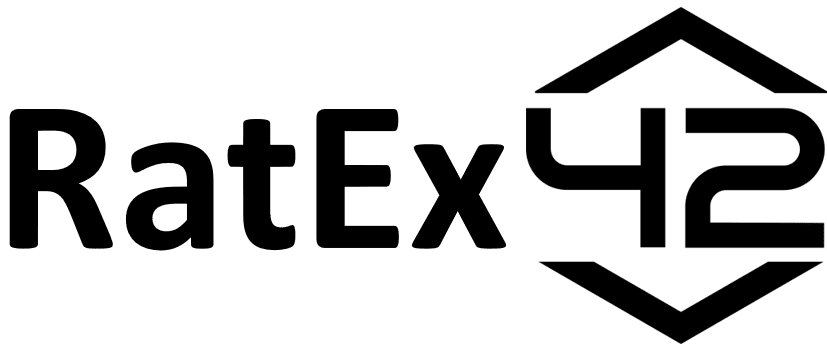Cryptocurrency and memecoins have opened the doors for massive profits, but they also come with significant risks—one of the biggest being rug pulls. A rug pull is a type of scam where developers create a token, build hype, attract investors, and then suddenly withdraw all the liquidity, leaving buyers with worthless coins.
If you’re considering investing in memecoins or any crypto project, here’s how you can protect yourself from rug pulls and make smarter investment decisions.
1. Check the Liquidity Lock
A legitimate crypto project should lock its liquidity to prevent developers from suddenly withdrawing all funds.
- Look for tokens that have their liquidity locked for a significant period (6 months to 2 years).
- Use blockchain explorers like Etherscan (Ethereum), BscScan (Binance Smart Chain), or Solscan (Solana) to verify if liquidity is locked.
- Check platforms like Unicrypt or Team Finance, which help projects lock liquidity.
🔍 Red Flag: If liquidity is not locked or only locked for a few days, it’s a warning sign.
2. Analyze the Token Distribution
Understanding the tokenomics of a project can help identify potential rug pulls.
- Use a blockchain explorer to check the top wallets holding the token.
- A healthy distribution means no single wallet holds too much of the total supply.
- Ideally, no single wallet should hold more than 5-10% of the supply unless it’s a verified exchange or a liquidity pool.
🔍 Red Flag: If a developer’s wallet holds 30% or more of the supply, they can easily dump the tokens and crash the price.
3. Examine the Smart Contract Code
A well-written smart contract should be audited to prevent vulnerabilities and malicious functions.
- Look for projects that publish their contract code on platforms like Etherscan or BscScan.
- Check if the contract has been audited by reputable firms like CertiK, Hacken, or Solidity Finance.
🔍 Red Flag: If the contract has hidden functions allowing the creator to mint unlimited tokens, disable selling, or withdraw liquidity, avoid it.
4. Investigate the Team Behind the Project
Memecoins often have anonymous developers, but legitimate projects should have some level of transparency.
- Research the team’s history and check their LinkedIn, Twitter, and previous projects.
- If they claim to have been involved in past projects, verify it.
- Look for public AMAs (Ask Me Anything) or interviews where the team answers questions directly.
🔍 Red Flag: If the developers are completely anonymous and unverified, it increases the risk of a scam.
5. Analyze Social Media & Community Hype
A strong project should have a growing and engaged community, not just bots spamming messages.
- Join the project’s Telegram, Discord, and Twitter and observe how active and transparent the discussions are.
- Be wary of excessive hype without substance—if influencers are shilling a coin but can’t explain its purpose, it’s a red flag.
- Watch out for fake followers and automated bot replies.
🔍 Red Flag: If the project bans critical questions or deletes negative comments, it’s trying to hide something.
6. Look for Real-World Utility
Most successful crypto projects provide some real-world utility beyond speculation.
- Does the project have a use case other than price speculation?
- Is it listed on legitimate exchanges?
- Does it have partnerships or collaborations with other projects?
🔍 Red Flag: If the only reason to buy the coin is “to the moon” with no actual use case, it’s likely a pump-and-dump scheme.
7. Be Wary of FOMO & Unrealistic Promises
Scammers prey on FOMO (Fear of Missing Out) by promising guaranteed profits.
- If something sounds too good to be true, it probably is.
- Avoid projects with “Get in now before it’s too late!” marketing tactics.
- Always take the time to research before investing.
🔍 Red Flag: If influencers or project leaders promise “100x returns in a week”, it’s likely a scam.
Final Thoughts: Stay Vigilant, Stay Safe
The crypto market is full of opportunities, but it also has scammers looking to exploit uninformed investors. By following these steps—checking liquidity locks, analyzing token distribution, verifying smart contracts, researching the team, and avoiding hype-driven investments—you can reduce the risk of falling victim to rug pulls.
DYOR (Do Your Own Research) always! Never invest more than you can afford to lose, and stay informed to protect your investments. 🚀💡
Would you like help analyzing a specific token? Drop the contract address, and we can check for red flags! 🔎
